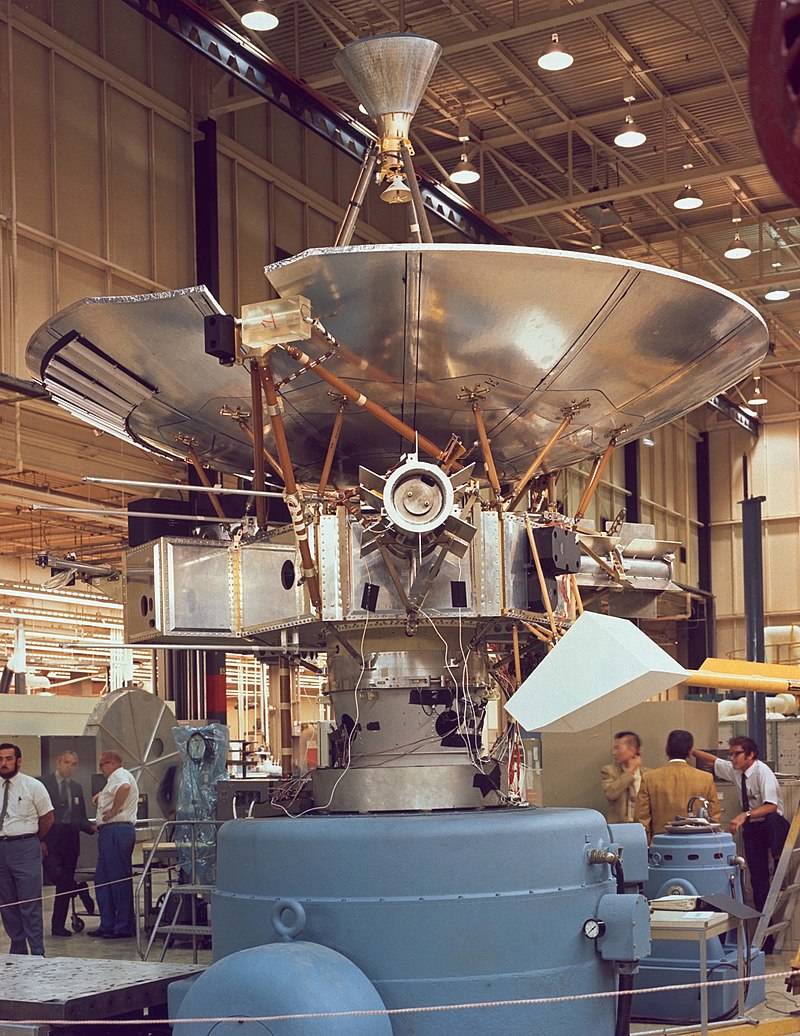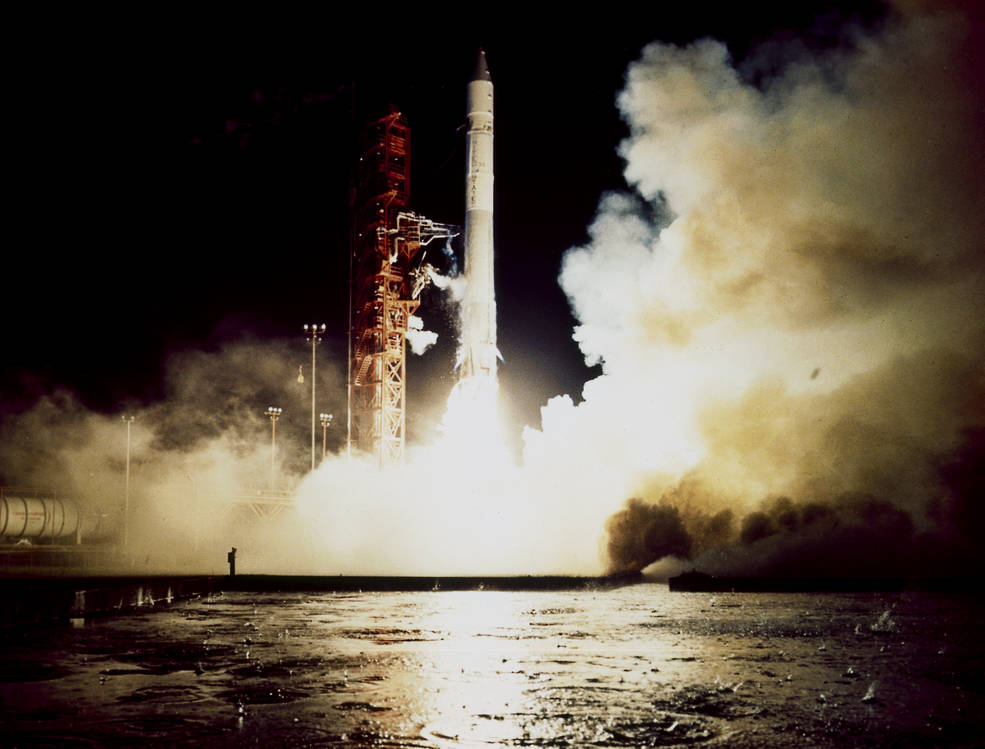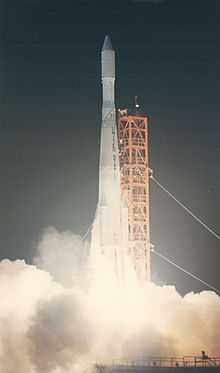Able 5A (Pioneer P-30)
Able 5A (Pioneer P-30)
Type
Launch
Target
Objective
This U.S. probe had a mission similar to its failed predecessor, Able 4B. It was meant to orbit the Moon, but the spacecraft failed to reach sufficient velocity and burned up in Earth’s atmosphere 17 minutes after launch.
What was Able 5A (Pioneer P-30)?
This U.S. probe had a mission similar to its failed predecessor, Able 4B. It was meant to orbit the Moon, but the spacecraft failed to reach sufficient velocity and burned up in Earth’s atmosphere 17 minutes after launch.
Nation | United States of America (USA) |
Objective(s) | Lunar Orbit |
Spacecraft | P-30 / Able 5A |
Spacecraft Mass | 387 pounds (175.5 kilograms) |
Mission Design and Management | NASA / U.S. Air Force Ballistic Missile Division |
Launch Vehicle | Atlas Able (Atlas Able no. 2 / Atlas D no. 80) |
Launch Date and Time | Sept. 25, 1960 / 15:13 UT |
Launch Site | Cape Canaveral Air Force Station, Fla. / Launch Complex 12 |
Scientific Instruments | 1. High-Energy Radiation Counter 2. Ionization Chamber 3. Geiger-Mueller Tube 4. Low-Energy Radiation Counter 5. Two Magnetometers 6. Scintillation Spectrometer 7. Micrometeoroid Detector 8. Plasma Probe 9. Sun Scanner |
Firsts
First rocket engine fired in space.
Key Dates
Sept. 25, 1960: Launch
Sept. 25, 1960: Probe burned up in Earth's atmosphere
Nov. 15, 1960: Two objects from the Able 5A payload were found in South Africa
In Depth: Able 5A (Pioneer P-30)
This probe had a slightly different instrument complement than its predecessor, Able 4B (launched in November 1959), but it had similar mission goals.
Able 5A was to enter lunar orbit about 62.5 hours after launch with parameters of 2,500 × 1,400 miles (4,000 × 2,250 kilometers) and an orbital period of 10 hours.
After launch, while the first stage performed without problems, the Able second stage ignited abnormally and shut down early because of an oxidizer system failure.
Ground controllers were still able to fire the third stage engine, making this small STL-built engine the first rocket engine to successfully ignite and operate in space.
Because of the second stage failure, the spacecraft failed to reach sufficient velocity and burned up in Earth’s atmosphere 17 minutes after launch.
On Nov. 15, 1960, NASA announced that two objects from the Able 5A payload had been found in Transvaal, South Africa.
Key Source
Siddiqi, Asif A. Beyond Earth: A Chronicle of Deep Space Exploration, 1958-2016. NASA History Program Office, 2018.









